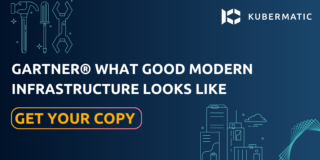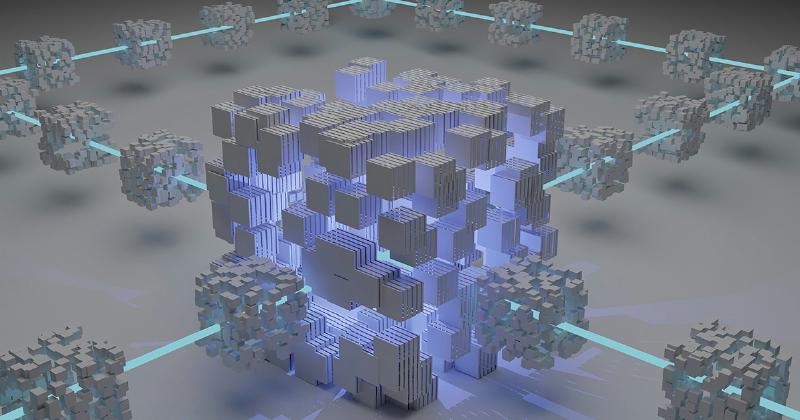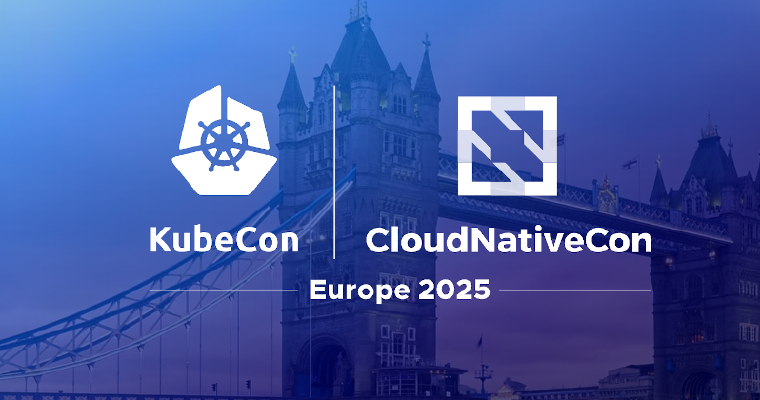Kubernetes, Edge, and Networking in Industry 4.0
Kubernetes, the popular open-source container orchestration system, is becoming increasingly significant. This article explores the connection between Kubernetes, Edge computing, and networking within the concept of Industry 4.0.
Can Kubernetes Be Used at the Edge for IoT Applications?
Industry 4.0 marks the digital transformation of industrial enterprises, where IT (Information Technology) and OT (Operational Technology) are increasingly merging and resulting in greater complexity. As a well established and proven IT tool, Kubernetes, is one option that can help address the challenges associated with this IT-OT convergence. Known for its effectiveness in cloud and on-premises environments, Kubernetes excels at deploying, scaling, and managing container applications and although often seen as a cloud operating system, Kubernetes is also well-suited for Edge scenarios.
Edge computing, which is often linked with Industry 4.0 and the growing Internet of Things (IoT), refers to distributed processing and data storage closer to IoT sensors. When sensors generate large amounts of data, it makes sense to have the corresponding database closer to the sensor rather than pushing everything to the cloud, where latencies are higher and traffic is often charged. Data storage, like IoT sensors, gathers and manages information for remote device operation and real-time data sharing. It is used in applications where data transmission is complex or low latency is critical. With Kubernetes at the Edge, containerized applications can be brought closer to the data source, allowing companies to benefit from cloud-like advantages in terms of easy deployment, scaling, orchestration, and management.
Challenges of Edge Environments
Given that both hardware and software are spread across hundreds or thousands of locations, standardization and automation enabled by cloud-native technologies are the only ways to manage these distributed systems. However, companies looking to use Kubernetes for their Edge computing implementations must consider the challenges specific to Edge environments.
Edge definitions can vary, often depending on use case and network position. One common definition is Near Edge, which, in Industry 4.0, refers to local data storage and processing near machines and systems. These devices often control machines and systems in real-time. Edge Gateways connect sensors and actuators, visualizing production data locally, often using Industrial PCs (IPCs) directly in the production environment. This environment typically has fixed resource usage.
In this scenario, a full-fledged cluster would be the wrong choice as it would not be highly available and would bring increased overhead. Additionally, the automatic updating and provisioning of IPCs present another challenge. Devices must be updated and quickly reset in case of errors. Vanilla Kubernetes would fall short in these areas, necessitating a new approach within Kubernetes.
Cloud Management - Renovating the IT Landscape with Kubernetes
Making Kubernetes “Edge Ready”
For companies that want to harness the advantages of Kubernetes at the Edge, there are architectural approaches to overcome challenges and make Kubernetes “Edge Ready.” The objective is to streamline and enhance Kubernetes management at the Edge, making it leaner and more efficient.
A Kubernetes cluster consists of the control plane and the worker nodes. Think of Kubernetes as two independent parts: a central part for control and a distributed part for data processing. The worker nodes run the applications, while the control plane manages the installation and maintenance of workloads within the cluster. Once a workload has been scheduled to a Kubernetes node, the control plane is not needed, as it only handles lifecycle management. If a worker node loses connection to the control plane, the workloads can still function and run; they just cannot be updated.
It is crucial to ensure that the workload can continue running on the cluster and remains accessible from the device itself. This can be achieved through effective caching of the API server. The critical point often occurs when the connection to the cluster is re-established, and reorganization begins. It is essential to ensure that everything remains in the correct place during this process.
In this context, the functional unit of a Kubernetes cluster can be thought of as worker nodes with a Kubelet. The centralized management of the control plane is not always necessary for the workload to function. However, this feature is not part of a Vanilla Kubernetes distribution.
Kubernetes management platforms make this easily achievable. They often provide additional benefits such as a single pane of glass for centralized management, policy enforcement, and offline capabilities.
Container Management
Kubernetes at the Edge Works with the Right Management Platform
Kubernetes at the Edge becomes feasible with a Kubernetes management platform that orchestrates parallel workloads and dynamically allocates infrastructure. This allows companies to deploy containers without needing to purchase new hardware or invest in costly software licenses. Existing resources can be reused and optimally allocated, enabling companies to leverage the benefits of containerization at the Edge.
A fully automated workflow eliminates the need for manual intervention, ensuring high availability at all times. Additionally, the management layer consumes only a fraction of the computing power compared to other platforms. Administrators benefit from an intuitive user interface and an API, enabling mass deployment across multiple clusters.
These platforms often support lightweight Edge deployments as well as hybrid systems in data centers and the cloud. Companies can maximize their existing investments by deploying the platform on their Edge nodes while maintaining enterprise-level security, scalability, and reliability. A platform built from the ground up with a microservices architecture also allows software updates to be rolled out with minimal downtime or service interruptions. With this setup companies, aiming for Industry 4.0, can ensure a seamless integration of IoT and Kubernetes.






